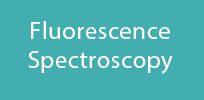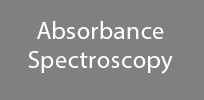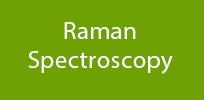Spectrometers by Measurement Technique
Shop Fluorescence, Absorbance, & Raman Spectrometers
FLUORESCENCE SPECTROMETERS
What is Fluorescence Spectroscopy? Is a spectroscopic technique that uses light to excite an electron in the sample. The excited electron emits light that is than measured using a spectrometer. Typically this is done in the visible spectrum but can also occur in the none visible spectrum in this case you will need to use a spectrometer for the wavelength range such as an NIR spectrometer. This spectroscopy technique is primarily used to tell you the concentration of the compounds in a solution. Learn more about Fluorescence Spectroscopy »
ABSORBANCE SPECTROMETERS
What is Absorbance Spectroscopy? A known broadband light source is applied to the sample and the spectrometer measures the output on the other side. The difference in the intensity of the light measured allows the user to determine the molecules present in the sample. This spectroscopy technique is also referred to as absorption spectroscopy. Learn more about Absorbance Spectroscopy »
RAMAN SPECTROMETERS
What is Raman Spectroscopy? Is a spectroscopic technique that provides a structural fingerprint by which molecules can be identified. It typically uses lasers light to interact with molecules in the sample; the light is collected and sent to a spectrometer. The shifted energy of the molecule gives information about the vibration modes and allows for the user to know the molecules present in the sample based upon this energy. The spectrometer must be sensitive enough to detect small signals and have the ability to filter the scattered laser light. Learn more about Raman Spectroscopy »








